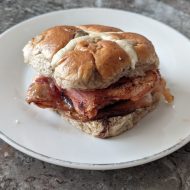The server that hosts this site as well as others of mine and those I host for friends seems to have developed a fault. A hardware fault. Seeing as this server is a virtual server from RedwoodVirtual I don’t quite see how this has happened.
I’ll have to notify Redwood and arrange for them to poke things in their datacentre with big sticks.

